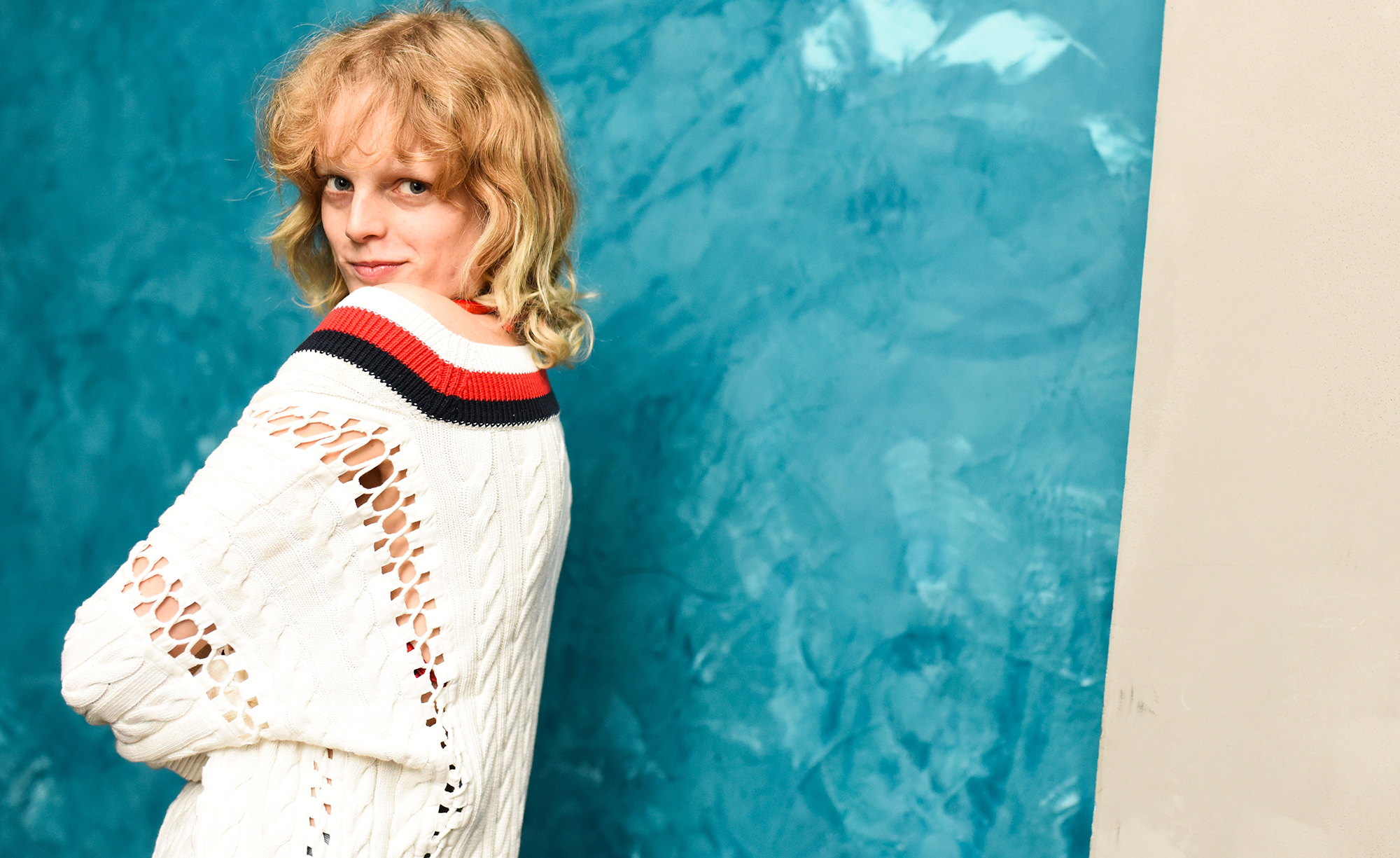Model Hanne Gaby Odiele speaks out about what it means to be intersex
'It is very important to me in my life right now to break the taboo. At this point, in this day and age, it should be perfectly all right to talk about this.'


'It is very important to me in my life right now to break the taboo. At this point, in this day and age, it should be perfectly all right to talk about this.'
Belgian model Hanne Gaby Odiele has been making headlines - and no, it's not because of her impeccable bone structure, wardrobe or catwalk credentials for the likes of Burberry, Chanel and Prada, but because she's been talking openly about being intersex.
What is intersex?
An intersex human has a disorder of sex development (DSDs) which is a random condition that means you're born with a mix of female and male sexual characteristics. The colloquial term 'hermaphrodite' is an outdated, politically incorrect and also physiologically impossible term as it suggests someone is both fully male and fully female.
Intersex meaning
There are at least 40 variations, so, you may have genes associated with being male or female but your reproductive organs could be of the opposite sex or be ambiguous in the sense that they aren't clearly one or the other, or they could have a mix of both. Nonprofit group, InterAct, describes being intersex as having 'reproductive or sexual anatomy and/or a chromosome pattern that doesn’t seem to fit typical binary definitions of male or female.'
How common is intersex?
According to the Intersex Society of North America, it really depends on what you define as 'intersex' as there are so many variations. Around 1.7% of the world are intersex according to the United Nations which is around 1 in every 1,500 babies.
In Hanne's case, the 29-year-old was born with undescended testicles (something that one in 25 boys are born with), and no uterus or ovaries at birth. This is also known as Androgen Insensitivity Syndrome (AIS) which is where a woman has XY chromosomes that are more typically found in men.
By the age of 10, Hanne underwent surgery to remove these testicles because of a risk of developing cancer. And, by the time she was 18, she chose to have vaginal reconstructive surgery.
Celebrity news, beauty, fashion advice, and fascinating features, delivered straight to your inbox!
She has since said in an interview with USA Today that she feels 'it is very important to me in my life right now to break the taboo. At this point, in this day and age, it should be perfectly all right to talk about this.'
'It was important for me to make this declaration now, based on where I am in my life.'
'I want to live authentically as who I am and help to break down the stigma that intersex persons face - but also to use the profile that I’ve built through modeling to give back to those without a voice.'
'I want to be there for people who are struggling, to tell them it’s OK - it’s one part of you, but it’s not who you are.'
She has bravely spoken out and said that she is 'proud to be intersex' and she has been incredibly candid in interviews, explaining that she doesn't have periods and won't be able to have biological children of her won but that she believes we need to remove the stigma around being intersex by opening a conversation and talking comfortably about previously uncomfortable subjects.
And, considering that the British Medical Association is going to start referring to 'pregnant people' in their terminology rather than 'expectant mothers', it seems that transgender and intersex individuals are finally getting the equal societal reference they deserve.
